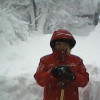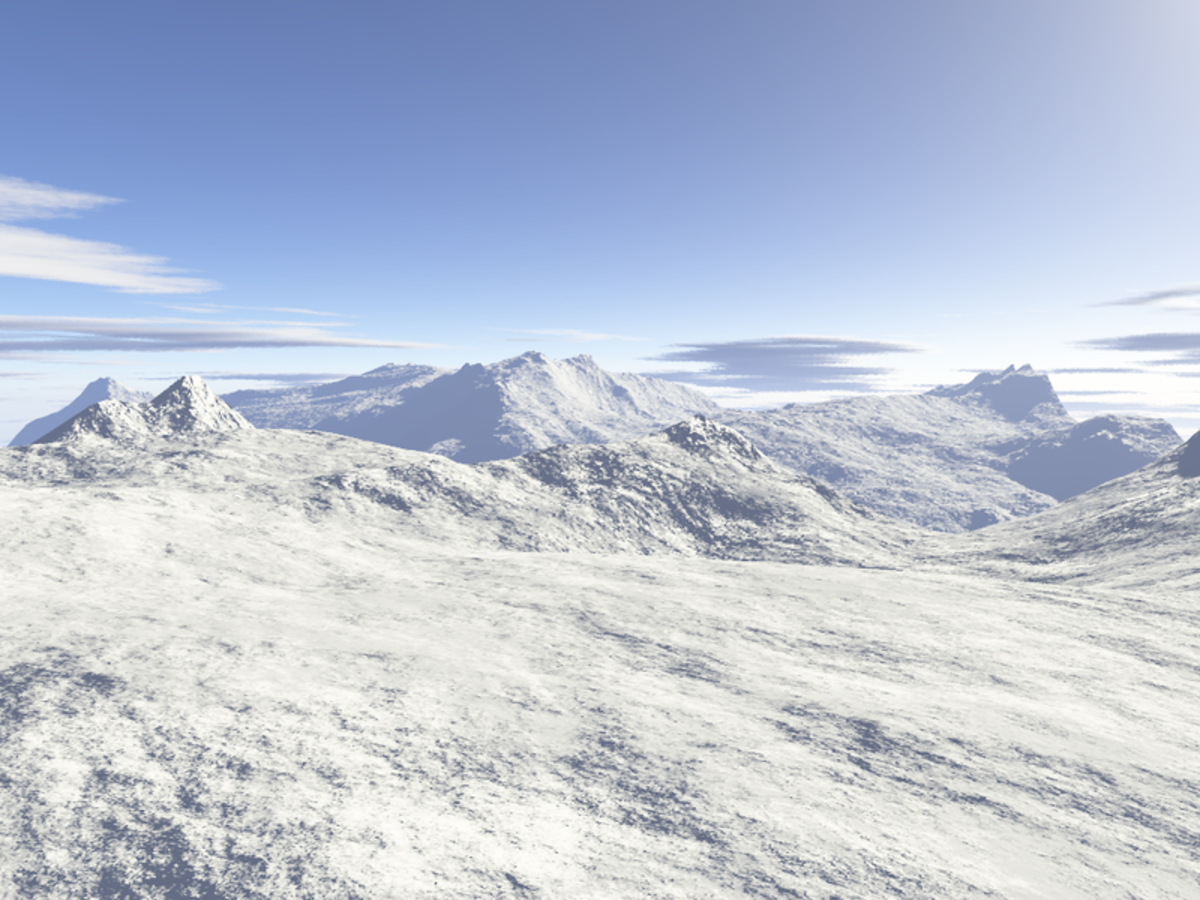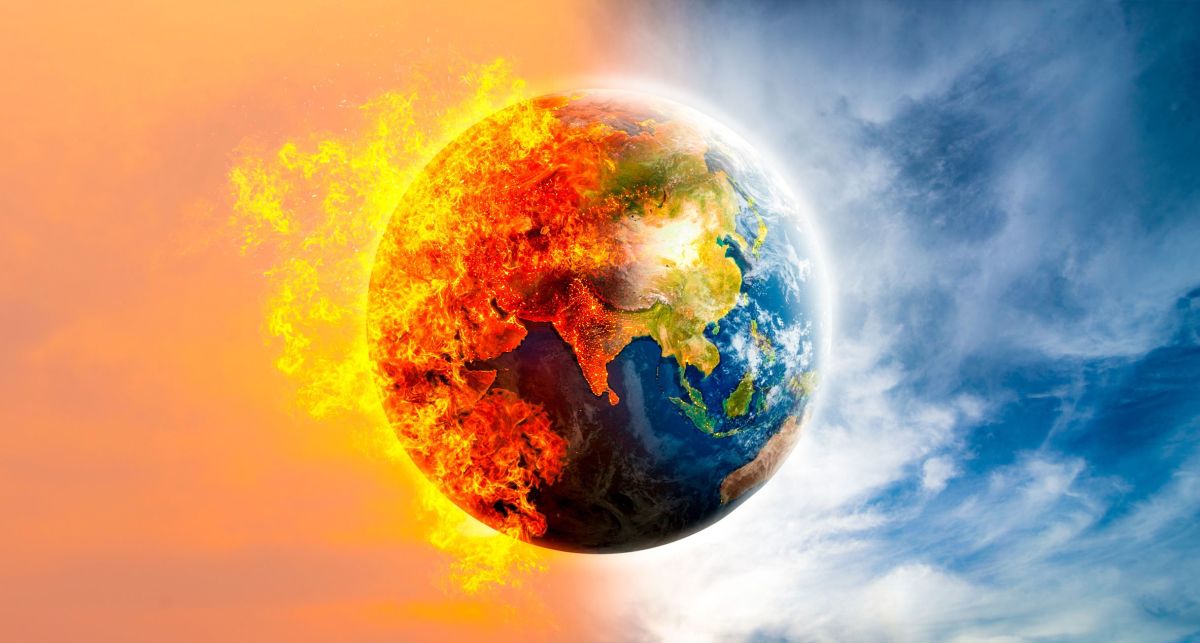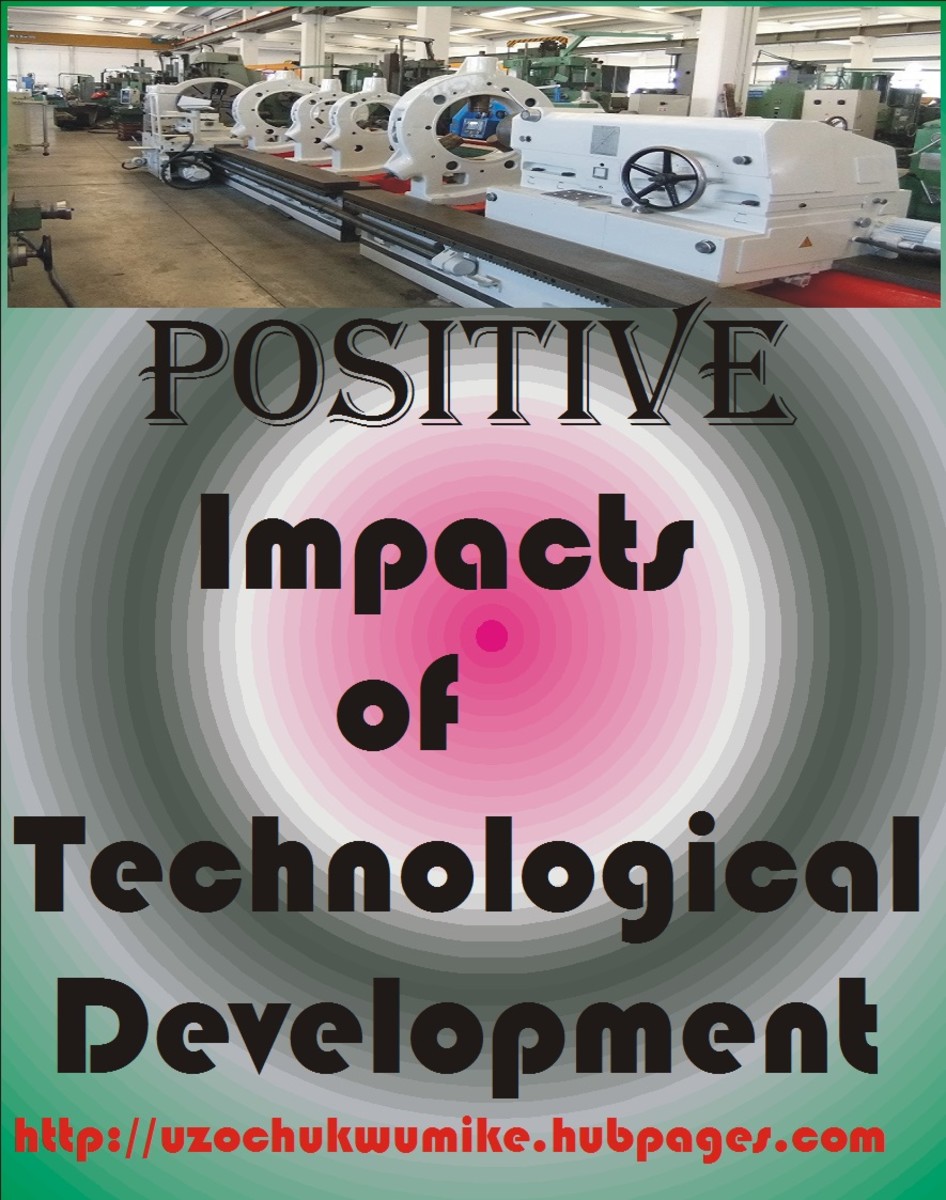Technological Advancement & The Arctic Tundra
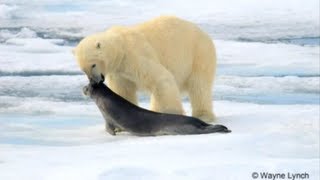
Technological Advancement & The Arctic Tundra
The Arctic tundra is a terrain that is like no other. Its seasonal changes cause flooded acreage and frozen topography all necessary to the survival of the species that populate the region. The Arctic encompasses diverse ecosystems that are being deleteriously affected by greenhouse gas emissions and persistent organic pollutants; however, the current laws may not possess the ability to save certain species residing there.
It comes as no surprise that the Arctic, which remains under a sheet of darkness from about December 21 until March 21 is penetratingly cold. The blizzard conditions during this period are so severe that even with modern technology, its environment is nearly impossible to research during the winter months. The Arctic is also known for its infertile land and organisms that are able to survive the coldest temperatures on Earth (Athropolis, 2005). Amazingly, this environment supports a wide array of species by utilizing the sun’s energy. As the sun’s energy hits plankton and algae, photosynthesis occurs and organic material is created. This process enables the survival of animals such as the polar bear, plankton, fish, birds, seals, walruses, and even whales (Ashjian, 2006). In the summer months, the North Pole faces the sun and the darkness is replaced by daylight (Athropolis, 2005).
Scientists’ Suspicions In The mid-1800s
For thousands of years the Arctic had gone largely unchanged, until recently. In the mid-1800s, scientists suspected that the Earth was warming. A scientist named Arrhenius made the connection between the snow, which reflects the sun, and the warming and cooling of the Earth. Today this is a given and provable if an individual explores identified facts regarding the Arctic region’s weather patterns during the last fifty years. Records indicate that the Earth’s temperature is climbing due to greenhouse gas emissions from burning fossil fuels (NRDC, 2005). Polar caps are melting and falling into the sea, water levels are rising and the reflective ice is melting to reveal an absorbent surface.
How Is it All Interconnected?
This warming can be attributed to the evolution of man’s curiosity, ability to discover and ingenuity. It was this drive that led the industrial revolution in the United States and other countries. Industries burn fossil fuels to manufacture products that are in demand by consumers on a global market. In order to get natural resources, produce and get products to the consumer transportation is needed. This requires the burning of fossil fuels, too. All of these actions are interconnected and impacting the Arctic.
It is no shock that this drastic change in the Earth’s temperature is interconnected because of globalization and technology. Man’s insatiable inquisitiveness has resulted in many advantages; however, it has had indirect and unexpected affects, also. For example, the industrial revolution, in any country is said to be beneficial to society and is described as a “demographic transition” (Commoner, 1971). This transition is usually brought about when undeveloped countries begin to become industrialized. This feat, moving undeveloped nations to developing nation status, is causing an indirect effect to the Arctic’s habitat, species and climate by warming the Earth. Moreover, the deforestation that occurs to accommodate these facilities attributes greatly to the problem because forestlands are carbon sinks, which are a natural means to soak up carbon dioxide (Anup, 2002).
Industrial revolutions, modern industry and human activity create GHGs; however, the degradation does not stop there. Industrialization is also interconnected to persistent organic pollutants because they can be the unintended by-products of industrialization (United States Environmental Protection Agency, 2002). It would be misleading to leave out the fact the some POPs are and have been intentionally produced. An example of this is DDT, which is now illegal in the United States and other industrialized nations largely in part to Rachel Carson’s book Silent Spring. Yet, it is still utilized in developing countries around the globe to aide in malaria outbreaks (EPA, 2002). Often referred to as one of the “dirty dozen” these pollutants linger in the atmosphere and enter the food chain where they are then stored in fatty tissue (EPA, 2002).
“The Dirty Dozen” (EPA, 2014)
aldrin ¹
chlordane ¹
dichlorodiphenyl trichloroethane (DDT)¹
dieldrin¹
endrin¹
heptachlor¹
hexachlorobenzene ¹,²
mirex¹
toxaphene¹
polychlorinated biphenyls (PCBs) ¹,²
polychlorinated dibenzo-p-dioxins²(dioxins)
polychlorinated dibenzofurans² (furans)
How many vehicles are in your household? (Count recreational vehicles, too)
Persistent organic pollutants are adding to the deterioration of species in the Arctic, too. In fact according to the EPA, it was the discovery of POPs so far away, in the Arctic, from their origin that spurred the Stockholm Convention. POPs are toxic and are harmful to the health of habitat and species, including humans. Also, they are not broken down easily and can “persist” for long periods of time. POPs can travel very long distances by different means, all the way to the Arctic. They reside in rivers, lakes and oceans and can be redistributed by means of snowfall, mist and rain. POPs make their way up food chains. And, while all affects are still unknown, it is acknowledged that POPs have an adverse effect on human health and the environment.
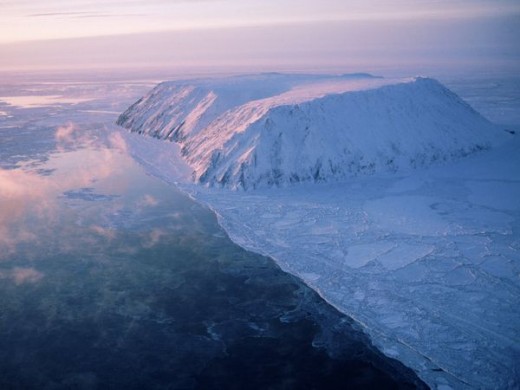
Forfeiture Of Snow & Ice
The increased technological advancement in industry and the growth of the global population has and is causing the Arctic to change without the possibility of complete reparation. Greenhouse gases and persistent organic pollutants are triggering impacts upon the ecosystem of the Arctic. These influences are known to cause other effects in the Arctic as well. For example, as the Earth warms due to global warming, ice in the Arctic, which serves as a natural cooling mechanism, melts. This is obvious to any individual who has witnessed James Balog’s “Time-lapse proof of extreme ice loss.” This forfeiture of snow and ice is being squandered even though it is a source of water storage. Beyond being a natural ice box for the Earth, the Arctic is an ecosystem that supports a surplus of life, which is dependent on frigid temperatures to ensure sustainability.
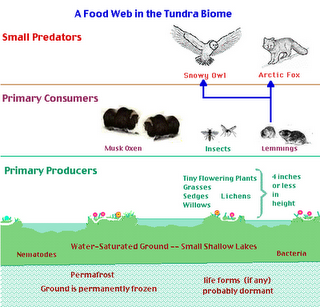
Migration Patterns: Food Chains In Distress
Globalization is full of pros and cons and this particular scenario carries significant negative impacts. Climate change needs to be addressed before extinction occurs. This could easily happen as the Arctic ice melts causing swift changes in migration patterns. An individual examining the migration pattern of the seal, which is followed by its predator, the polar bear, can witness this change when temperatures increase causing land transformation (Carin, 2006).
Globalization has affected interconnectedness. This is obvious when examining the circularity of events taking place outside the Arctic, which are known to directly impact the Arctic in a number of negative ways. These profound impacts on the Arctic’s bionetwork began with mankind’s inventions during the industrial revolution. As time went on and goes by, more and more nations became and are becoming industrialized or are in the process of developing. This amounts to more burning of fossil fuels. When nations improve their standard of living their residents’ carbon footprint increases. This increase in living standards features equipment to retrieve natural resources, execute deforestation, manufacture and transport a finish product. Nearly any person in the world, regardless of location, can have what they want as long as he or she can afford the item. These activities that burn fossil fuels in nearly all aspects of execution cause climate change, which creates stress in the Arctic. Arguably, one may ponder why this would this be allowed to transpire. It is simple. Consumers drive the market and as long as manufactures believe they can go unregulated and make money they are going to do it. When an individual drives their vehicle in Utah or China, for that matter, the emissions released impact the Arctic.
TEST YOUR KNOWLEDGE
view quiz statisticsLack Of Environmental Cooperation & Inability To Regulate & Enforce Globally
Additionally, there seems to be interconnectedness among nations to either adopt these facts or turn a blind eye to them. While international laws do exist such as the Stockholm Convention and CITES, not all nations cooperate and there is not global enforcement to make them observe these environmental laws. An example of this can be seen when investigating different nations’ opinions regarding whether a state is developed or not. The Kyoto Protocol encountered this obstacle. The lack of international commitment from world leaders, as well individual awareness and honest consciousness of what is causing this devastating scenario to ensue lacks global backing of environmental laws. The unenforceability of current treaties, conventions, acts and laws remains to be one of the biggest opponents of environmental responsibility. Enforceable policy may foster adjustment among leaders of nations and businesses, as well individuals, too.
Nevertheless, if action is taken now feasible malleability of mankind can occur causing the stabilization of the Arctic and the planet. This could slow down the land transformation that is currently taking place. Environmental education, clearly identified policy and the ability to enforce it are needed, now.
References
Adelson, G., Engell, J., Ranalli, B., & Van Anglen, K.P., et al. (2008). Environment: an interdisciplinary anthology. New Haven, CT: Yale University Press.
AnimalPics. (2014).Tundra Animals Polar Bear Hunting Arctic Seal.
Commoner, Barry. (1971). Environment: an interdisciplinary anthology. New Haven, CT: Yale University Press. pg. 816-817.
Ashjian, Carin. (2006). Polar Discovery. Woods Hole Oceanographic Institution. Arctic Ocean Ecosystem.
Athropolis. (2005). Arctic Maps. Cold, Icy and Arctic.
Lindsey, Rebecca. & Michon, Scott. (2010). Earth Observatory. What are Phytoplankton?
Los Angeles Times. (2011). Polar bears and greenhouse gases: Can one live with the other?
Natural Resources Defenses Council. (2005). Global Warming Puts the Arctic on Thin Ice.
RTCC. Responding to Climate Change. (2010). Dangers of interconnectedness. Centre for Climate Change & Environmental Studies.
Shah, Anup. (2002). Global Issues. Carbon Sinks, Forests and Climate Change.
Stockholm Convention. (2012). Eighth meeting of the Persistent Organic Pollutants Review Committee (POPRC8).
The IUCN Red List of Threatened Species. (2012). Ursus maritimus.
United States Environmental Protection Agency. (2002).Persistent Organic Pollutants. A Global Response A Global Issue.
Vidal, John. (2009). The Guardian. Climate change hitting entire Arctic ecosystem, says report.
Weart, Spencer. & American Institute of Physics. (2011). The Discovery of Global Warming. Retrieved on June 19, 2012, from
© 2014 Suzanl
